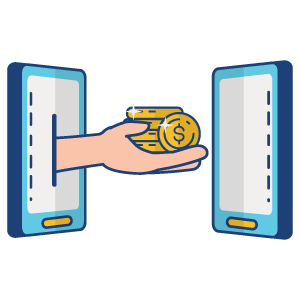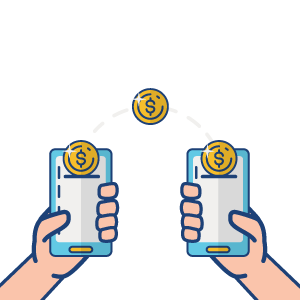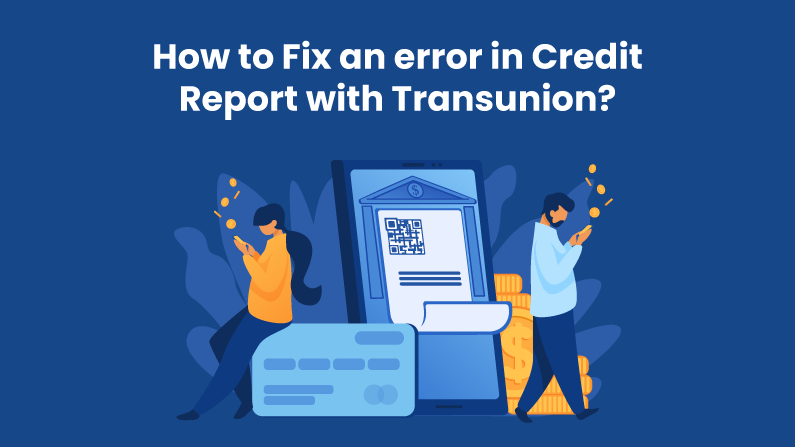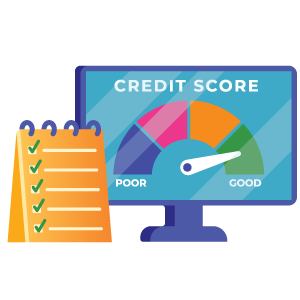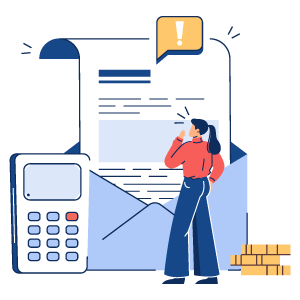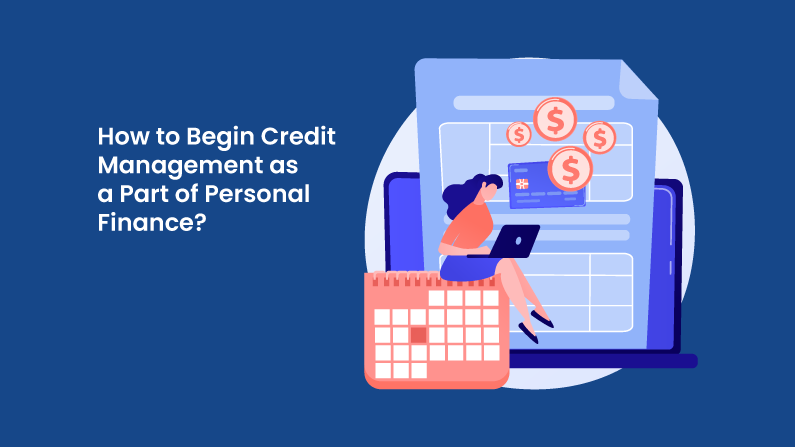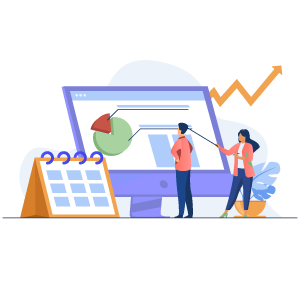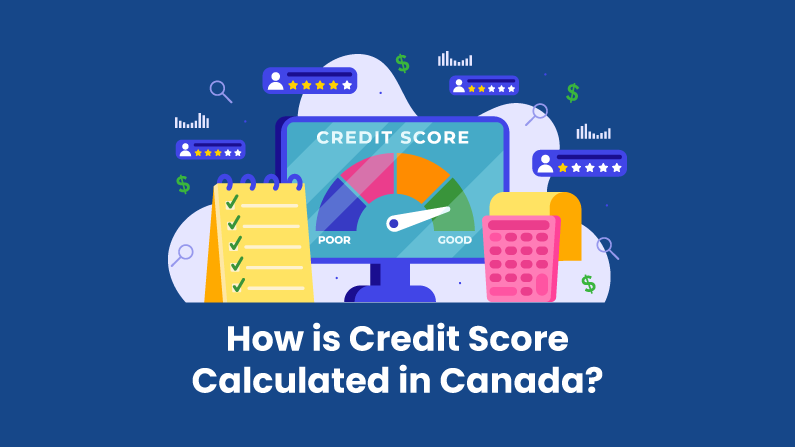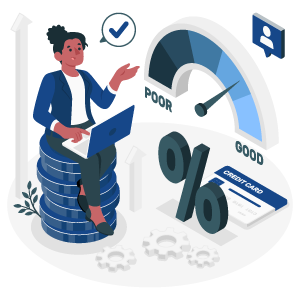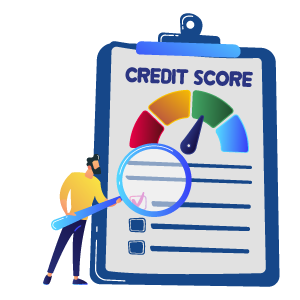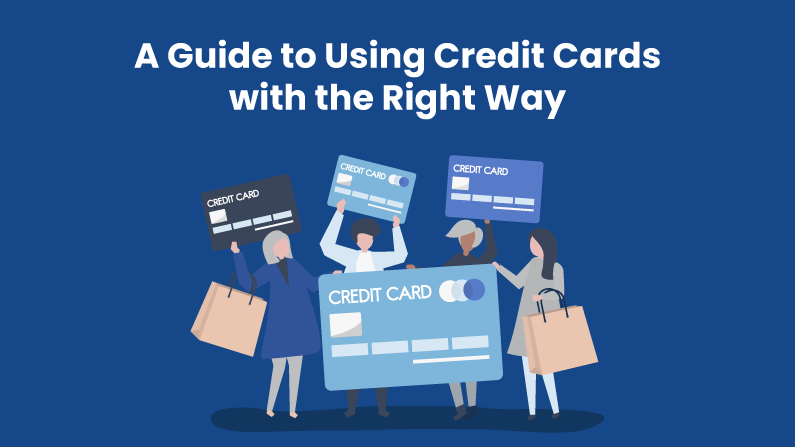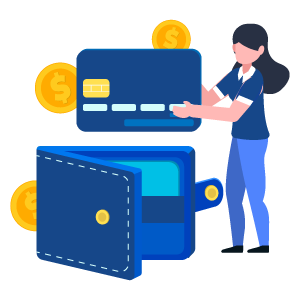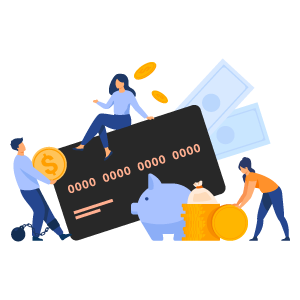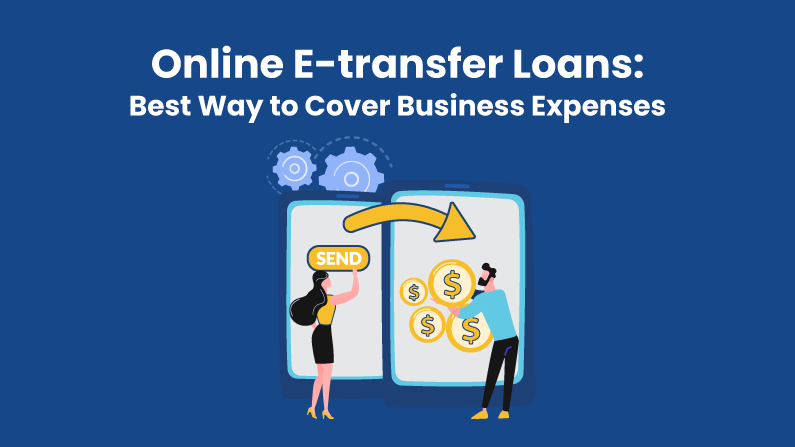
Online E-transfer Loans: Best Way to Cover Business Expenses
Are you planning to open up a new branch of your business in Canada? However, opening up a new branch isn’t an easy task. Purchasing new assets, hiring new employees, infrastructure, rent – everything costs a huge amount of funds that everyone cannot afford right away.
You may need additional funds to cover such expenses. The best option to cover such expenses is to apply for loans. But in the middle of all the ongoing business work, you cannot make regular visits to banks and wait for days or even weeks to secure funds. As it will delay your whole work.
Also, traditional loans require a proper credit check and document approval to approve loans, and if you don’t have a decent credit score, they’ll reject your loan application form or offer you high-interest rates.
So, what’s the point of taking high-interest loans when you have the best option left: online e-transfer loans.
What is online e-transfer loans?
Online e-transfer loans are short-term loans offered by several lenders in Canada. These loans will help you get funds within a few hours or the same day of application without any credit score or lengthy process. The best aspect about online loans is they are fully digital, which means you can secure the loan directly from the comfort of your home or office.
These loans are the best option to cover your business expenses as they are easy to obtain and offer low-interest rates and flexible repayment options. Also, they are the most unsecured loans, which you don’t have to submit any assets or paper to apply for a loan. Instead, they assess your repayment capability based on your income source, residential proof, and other documents.
You can use online e-transfer loans to cover any business and personal expenses. So whether you use it for your wedding expenses, buying new business assets, or giving salaries to employees, you can easily secure them without mentioning the exact reason.
The most common reasons to apply for online e-transfer loans:
- Debt Consolidation
- Home Renovations
- Medical Emergencies
- University Fees
- Car Repairs
Why apply for an online e-transfer loan?
Online loans offer easy repayment options, where you can pay back the loan amount in small monthly installments over a period of six months to one year. In addition, these loans’ interest rates and EMIs are also convenient, allowing you to repay the entire amount with your monthly income. So, instead of paying the whole amount in one shot to cover your business expenses, you can take these loans and manage all your business expenses.
How to get online e-transfer loans?
To quickly get online e-transfer loans in Canada, you have to follow the below steps to secure funds soon:
- Know your options:
There are many online lenders in Canada that offer you the best e-transfer loans. But it all depends upon the best terms and conditions. So, always choose a lender that offers simple terms and easy repayment options. Also, see their customer reviews and feedback to assess their credibility. Finally, take the time to match the terms with other lenders and see which suits you the best. Then, if you’re confident enough that the lender you choose is genuine, start reading about their services.
- Figure Out Your Loan Type:
After selecting the lender, read to terms to figure out which short-term loans suits you the best to cover your business expenses. Online lenders offer many loans such as no credit check, bad credit, personal, short-term loans, etc. So, select your loan and go to the further process.
- Gather the Necessary Documents:
Online lenders need basic documents such as identity proof or income proof, or residential information to assess your repayment capability. The good thing is that all these documents are submitted digitally, so before applying for a loan, collect all these documents and save their photos on your pcs or smartphones so that you can fill out the process easily. If you do not have these documents on your Pcs, it can delay the whole process. You can submit a document using IBV (instant banking verification).
- Fill out the loan application:
Since you have all the documents, you need to apply for an online loan and start filling out the loan application form. The whole loan application process needs 5-10 minutes to complete as it considers the basic queries and questions. However, fill out the application correctly, as errors can cause a delay in your whole application process, making it difficult for you to secure funds within the same day.
- Wait for the funds:
After submitting the form, wait for the lenders to review it. The good thing about these loans is that the lender starts reviewing your application as soon as they get it. So if they approve your application instantly, you’ll secure the funds within a few hours of applying.
What do you need to apply for online e-transfer loans?
- Age:
You must be 18 yrs old or above to apply for online e-transfer loans. Your application will be rejected if you do not meet the lender’s age requirements.
- Income:
You must fulfill the lender’s minimal income requirement to secure an online loan. Your income determines whether you will be able to repay the loan amount or not.
- Debt details:
If you are already paying instalments on any other loan, your monthly payments should not exceed 50% of your net monthly income.
- Canadian Citizenship:
To get approved, you must be a citizen of the nation from where you are applying. For example, if you’re applying on Canada’s website, you must be a Canadian citizen. It’s because online lenders don’t want to risk their funds by lending to someone in another country.
These are some of the requirements which you need to apply for Fast e-transfer loans in Canada. These loans are the best approach to help you cover most of your business expenses and help you open up a new branch in Canada.

